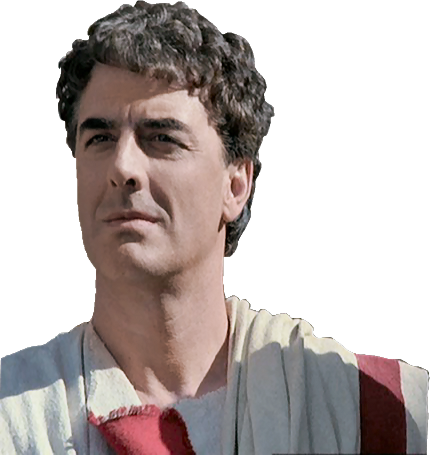Until now I was a bit busy with studies, but I'm looking forward to next week, when I can continue the project after my last exam.
In the meantime, I found new data that has a precision of 1cm (before I had 10cm)! So as it is not much effort to type the numbers in during modeling, I thought it would be reasonable not to ignore it (because otherwise if later higher precision was needed, I would have to remodel it).
So far so good, but now the problem: The medieval builders were not perfect. With a precision of 1cm, that means a square is a rectangle. Ok, I can do this. But then, the cupola must be elliptical...
One other thing that I found was that the 84m long nave is on the northern side 40cm to short, so there is trapezoid distortion resulting in flexed roofs (with diagonal lines).
Every measurement has its errors, but I think 5cm is really reliable execept of this awry nave.
So my question is (mainly to Gaieus): What precision is usually used in archaeology? Where should I draw the line between the "real building" and the "ideal" building (that the builders intended to achieve)?





 What is double?
What is double?






 I haven't understood yet why this can be more efficient and less energy consuming than normal buildings, but they say it would be a green building!
I haven't understood yet why this can be more efficient and less energy consuming than normal buildings, but they say it would be a green building!